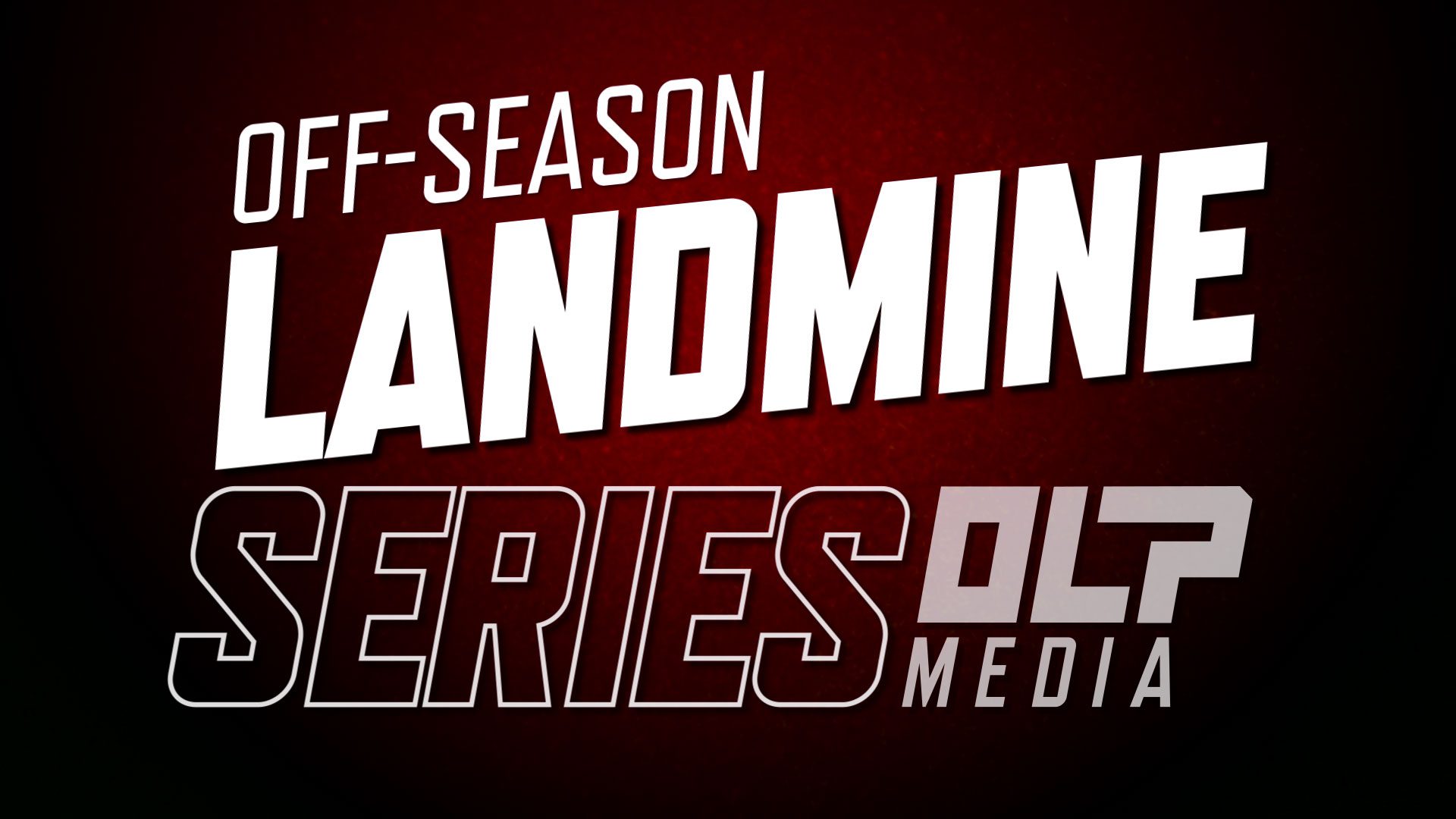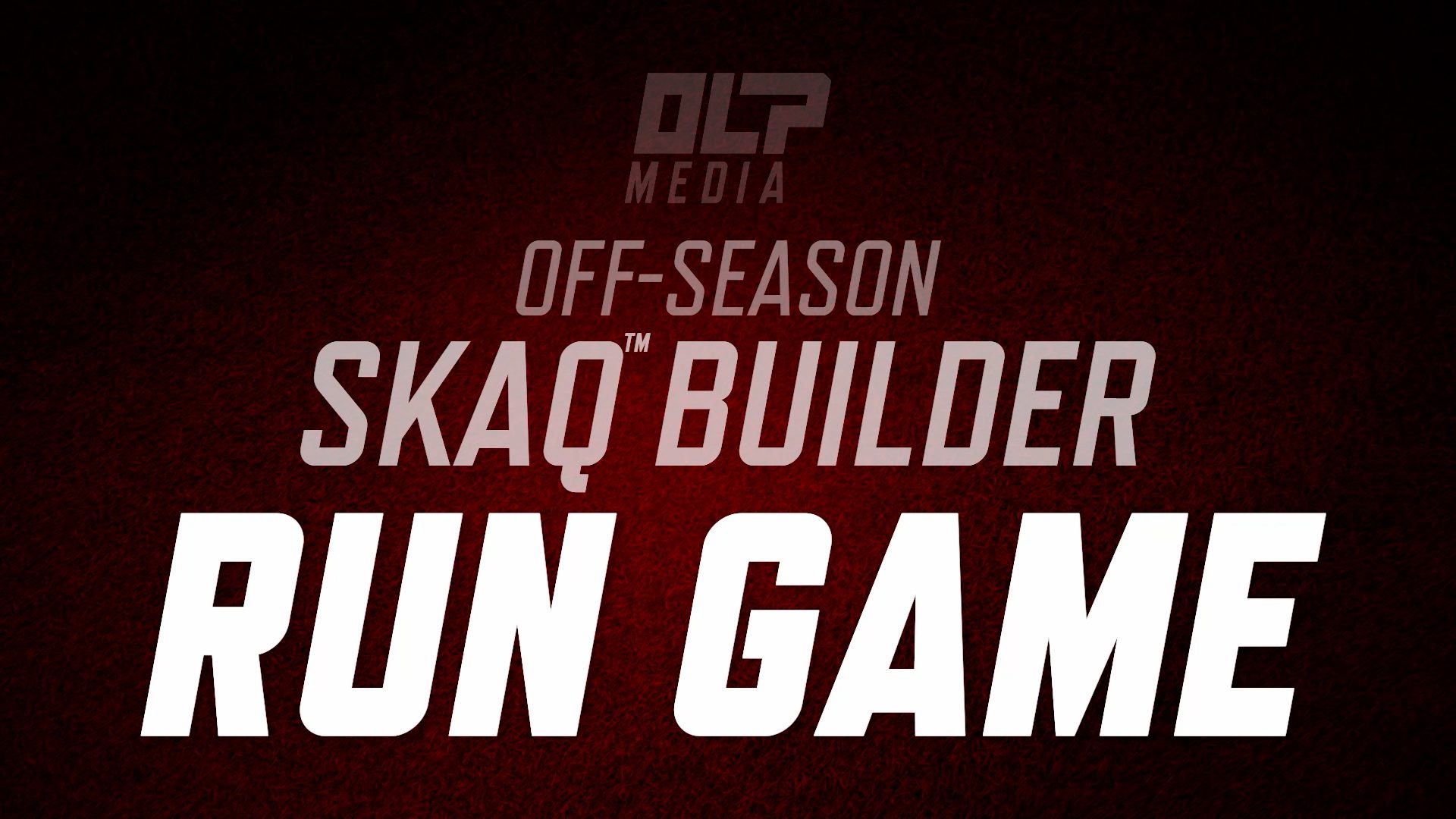We were asked by Andrew Carrier to address teenage, pre-college age appropriate workouts.
At OLP™, we all agree that the biggest issues many high school age athletes have to deal with is how much they are supposed to do. The pressure to do more can be pushed upon them by a coach, parents, or themselves. This manufactured “fear of missing out” is where we find athletes doing more than they should, being overly concerned with how much weight they are lifting, or training with the team and then heading to a personal trainer to do more. All of these realities are counterproductive to developing the athlete.
As a high school football player (14-18 years old), the goal should e to get a strong as possible. The muscle mass and strength will serve as protection against possible injuries. We call it physical readiness to play. It’s a physically challenging game, and we must train the body to be ready to handle the demands of the game
The younger the athlete, the more basic training needs to be. It needs to set a foundation for correct movement patterns through full ranges of motion. If a 14 or 15 year old can develop a firm grasp of body weight exercises (push-ups, pull-ups, dips, lunges, etc.), you’re on the right path. Being able to move through those exercises with strength and stability cleanly is often overlooked. If a football player can’t control his own body, how is he supposed to move or tackle someone else?
Aside from body weight movements, being in total control during the traditional lifts needs to be established. A bench or incline press shouldn’t be wobbly or have to bounce off the chest. Any rowing/lat pull-down movements should be executed with full control, and not done in a jerking manner or using the back for momentum. Squats and lunges need to be clean where the knees are not flaring, backs are not rounding, and full control can be maintained through a complete range of motion. The same applies to the dead lift.
Olympic lifts should focus soley on technique. The weight will come in time, but mastering the proper technique takes TIME and patience.
Once the athlete is around 16, they can start to push harder. Again, this is all dependent on how the movements look. If they are strong, stable, and strong and stable through ranges of motion, that athlete can advance.
What to focus on to achieve physical readiness to play?
Posture
This will help build consistency when players are approaching and making contact with a defender
Explosive Power
This will establish the ability to dynamically move, which is key to delivering a strike, and taking on pressure.
Strength
Here is where the capacity to take on and apply pressure over the course of time is built. Strength is how players can be more effective, stable, and safe later in games.
How do we achieve these goals?
Mobility
Ankles & Hips
Everything in the body works as a chain. That chain starts from the ground up. Flexibility and Mobility in the ankles and hips are problem areas for many athletes. To establish, improve, and maintain the ability of the ankles and hips to move, they need to be worked on consistently. Even though it may be tedious, stretching once every couple of weeks won’t get the job done. Also, since the knees are stuck in between the ankles and the hips, the health of your knees is directly impacted.
Strength
Hamstrings & Glutes
Although you may do plenty of movements that should strengthen the posterior, many athletes, for whatever reason, become quad dominant and the hamstrings and glutes don’t work properly. Doing auxiliary work can help fix these imbalances. During the main lifts, squeezing through ranges of motion will help if the focus is locked on the prime movers.
Low Back, Abdominals, Adductors (inner thigh/groin area)
Also known as the “core”. Within O-Line play, having a strong core is essential. The stronger this area can get, the better a player will be able to maintain good posture, not only in their stance, but also as they drive out of their stance. The mistake that’s made in training is that this area is often overlooked in team settings because there’s so much focus on getting the main lifts done.
VMO
If you put your hands just above your knees, the VMO is the tear drop muscle where your thumbs would be. Strengthening this will keep the knees stable and help you drive into the pass set. One of our favorite ways to train this is by doing weighted sled drags
Upper Back / Shoulders
The stronger the upper back is, the more protected your shoulders will be. It will provide strength and stability while striking and absorb pressure. Shoulder strength and stability is necessary, not only for performance purposes, but also to endure the trauma and shock of all the striking that takes place throughout the season. One of the staples, here at OLP™, is simply rotating our thumbs away whenever we do pulling movements or even dumbbell presses.
Power
When most people think of training power, the first thing that comes to mind is a Power Clean (from the ground) or a Hang Clean. This is great as long as technique is solid. We use a variety of different movements to improve power in our athletes. Clean Pulls can be substituted for catching a clean (shrug pull or high pull). Medicine ball throws are great way to be safe and as explosive as possible. The med-ball throws also give you a good picture of how the athlete is able to control/maintain their posture as they move through space trying to control and throw weight. Getting even more dynamic, bounding is an excellent way to not only develop power, but also be able to develop the capacity to absorb and catch that power in a stable strong position on the opposite leg.
Lifestyle
It’s last, but surely the most important, lifestyle has the biggest impact on what you’re trying to accomplish. When it comes to maximizing athletic potential, the way they sleep and eat will forever be non-negotiable factors.






Thanks Coaches !
A great explanation on how to own your angle. It often seems that coaches want to flip their hips instead of driving through the angle.